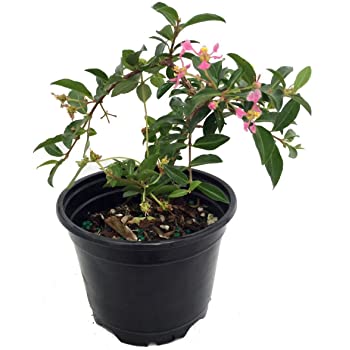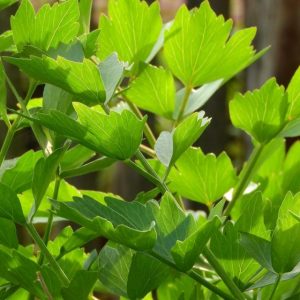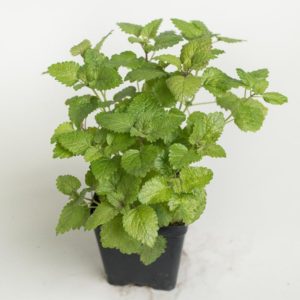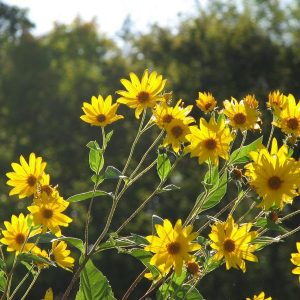How to Grow Acerola Cherries
acerola-listAcerola or Acerola Cherry is a tropical fruit-bearing small tree or a shrub. Common names also include Barbados cherry, West Indian cherry and Wild crepe myrtle.
It is native to South America, southern Mexico, and Central America and it is often grown in warmer areas.
Acerola is extremely rich in vitamin C, but it also contains vitamins A, B1, B2, and B3, as well as carotenoids, bioflavonoids and other antioxidants.
Acerola grows 2-5m in height, but they can be kept rather small with strong pruning and still bear fruits. This is very important for people who plan to grow acerola bushes as hedge or in greenhouses.
It has shallow root system, making them susceptible to strong wind gusts, especially taller trees.
acerola-cherry-1For proper growth, acerola requires warm climate – temperatures below freezing (0°C or 32°F) can kill acerola tree. Also, soil should be pH neutral, preferably between 6.5 and 7.5. Acerola prefers dry, well-drained, sandy soil and plenty of sun – it doesn’t like shades too much. Again, when soil is sandy, roots are shallow, strong wind gusts can easily knock down taller acerola trees – this goes for acerola and other plants that are grown in containers, too. Acerola will also grow in soils like clay, marl, limestone and other heavy soils as long as drainage is good. If you have heavy soil, add sand, compost, humus, but also some lime to keep pH between 6.5 and 7.5.
Acerola leaves are light to dark green, glossy when mature, with minute hairs which can be irritating to some people.
People living in colder climate still can grow acerola plants, but using greenhouses, that are heated during really cold days. Remember that temperatures must be above freezing during winter. During summer, be sure to have acerola trees regularly watered, but also, any excess water must be easily drained away. Acerola requires between 1000 and 2000 mm of water annually, but if water is scarce, it will ‘switch’ from being evergreen plant to being deciduous – lost leaves will prevent regular flowering and bearing fruits.
Acerola trees in good shape can flower 2-3 times per year, having long harvest season. Regular watering and moderately rich soil promote flowering and bearing healthy and rich crops.
Acerola can be propagated by seeds, cuttings and other methods. Be patient, since these plants require around three years to start producing any larger number of brightly red fruits. Fruits are slightly acidic having gently sour taste, but they can be even sweet, if plants are grown well, without shocks and stress (too cold, too wet, too dry etc.). Fruits taste best right from the tree, but acerola can be also processed in numerous ways. Personally, such great fruit, one of the fruits richest in vitamin C and many other antioxidants and vitamins, should be eaten fresh.
Growing Acerola Trees and Shrubs in Flower Pots and Containers
Like many other similar small trees and shrubs, acerola can be grown in larger containers and flower pots. Keep in mind that roots are relatively shallow, so there is no need for pots deeper than 60cm (24 inches). Width of such pots should also be around 60cm (24 inches) for single acerola tree. Acerola can be grown in much smaller pots and in fact, it is very popular bonsai tree because of its small leaves, regular flowers, bright red fruits and fine ramification in general. However, if you plan on growing acerola in containers for its fruits, 60x60cm (24×24 inches) pots are recommended.
One of the advantages of growing acerola trees (and other plants) in pots, is using growing soil other than that found locally in gardens. So, for acerola, be sure to have large enough flower pot, with plenty of drainage holes on the bottom. Also, thin layer of gravel and smaller stones on the bottom can help with water drainage even further. Fill the rest of the pot with good potting soil, add some good compost and mineral fertilizer (twice a year) with gradual release of nutrients (avoid any excess nitrogen) and check periodically pH of the soil. in the autumn, such plants can be easily placed in protected area (greenhouse, if needed) and when danger of frost is gone, plants can be positioned outside again – acerola prefers warm climate and in colder areas, it can be and should be kept in greenhouse yearlong.
If pH drops below 6.5, add a tablespoon (or just a teaspoon, just to be sure) of lime (or some similar compound) and mix it thoroughly with the soil.




Reviews
There are no reviews yet.